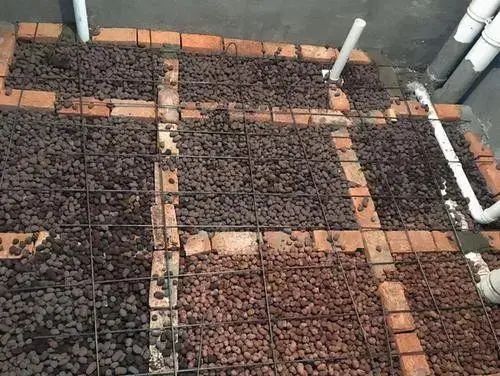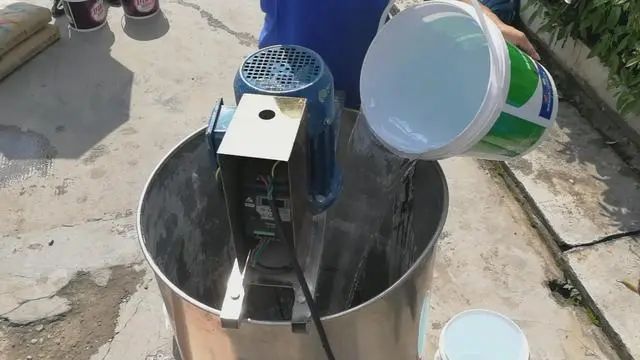Most modern bathrooms use a sunken design, which involves the issue of backfilling. However, problems like water leakage caused by substandard backfill materials or improper construction are common, often resulting in significant property damage. So, what materials should be used for backfilling in sunken bathrooms? How can we better ensure that bathrooms remain leak-proof?
1. Traditional Bathroom Backfilling Methods
Traditional backfilling methods for bathrooms typically involve using construction debris, coal ash, or ceramsite as backfill materials. However, these materials often cause problems during construction, such as sharp edges damaging the waterproof layer, or the materials themselves not being suitable for qualified backfill. As a result, water leaks and overflow issues can arise easily.

The raised bathroom design requires higher construction standards, and if the waterproofing is poorly done, a leaking sunken box can turn into a sewage pool, increasing renovation costs. Moreover, because of the raised structure, the noise during drainage is louder than with backfilled bathrooms, so this method is rarely used.
2. New Bathroom Backfill Materials
Given the many issues with traditional methods, a new bathroom backfill material has emerged with advancements in technology: Jing Tian Bao. Jing Tian Bao consists of components A, B, and C, which are mixed with cement and water using a special mixer to form a new lightweight material filled with closed air cells. This material is lightweight, cohesive, hydrophobic, and durable. It can solve problems like water accumulation in sunken bathrooms, reduce the overall load of the building, and is suitable for bathroom, floor, roof backfilling, or other lightweight filling and protective layers.
mixing machine
3. Performance Features or Advantages
Self-leveling and dense filling: Once mixed, the product becomes a cement slurry with high flowability, allowing it to fill corners and areas around pipes densely, forming a solid structure that prevents leaks and water accumulation.
Lightweight and hydrophobic: It does not add structural weight, does not damage the original waterproof layer, and has built-in waterproof properties.
High compressive strength and durability: It has strong load-bearing and compression capabilities, is wear-resistant, has a high hardness after solidification, and remains dimensionally stable, lasting as long as the main structure.
Easy and eco-friendly construction: It is easy to apply, can be operated by one person, solidifies quickly (within 24 hours), and allows tile laying after 48 hours, reducing construction time. It is made from inorganic, non-toxic, and harmless materials.
4. Application Range
This material solves the problem of water accumulation in sunken bathrooms and reduces the overall building load. It is suitable for backfilling in bathrooms, floors, roofs, or other lightweight fillings and protective layers.
5. Construction Method
Pour 40-45 kg of water into the special mixer.
Add Component A and mix for 3-5 minutes.
Add Component B and mix for 1-2 minutes until even.
Slowly add 50 kg of cement.
Once thoroughly mixed, open the discharge valve and pour the backfill material.
Finally, evenly sprinkle Component C powder.

6. Precautions
Do not rush during construction; take your time for better results.
When adding cement, do it slowly, as adding it too quickly will cause it to settle at the bottom.




